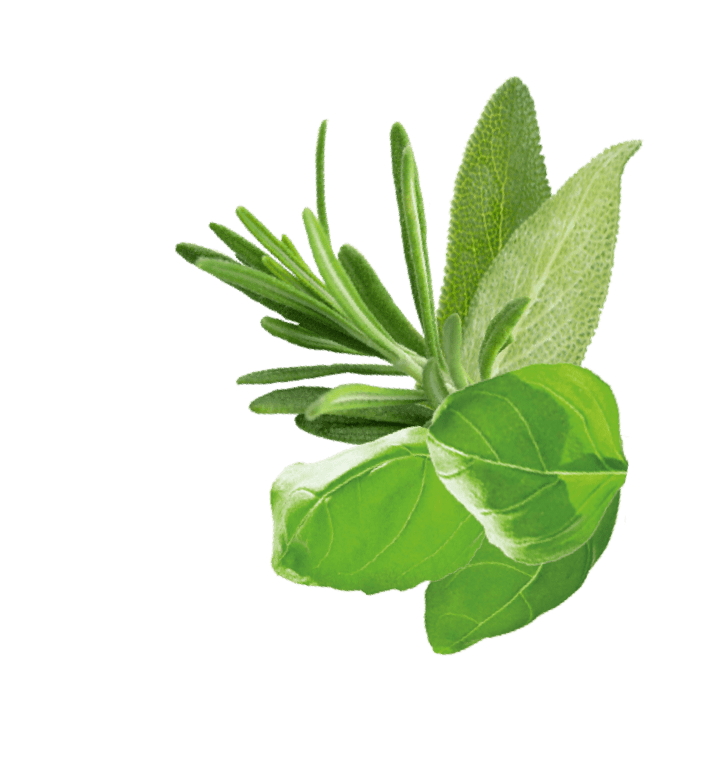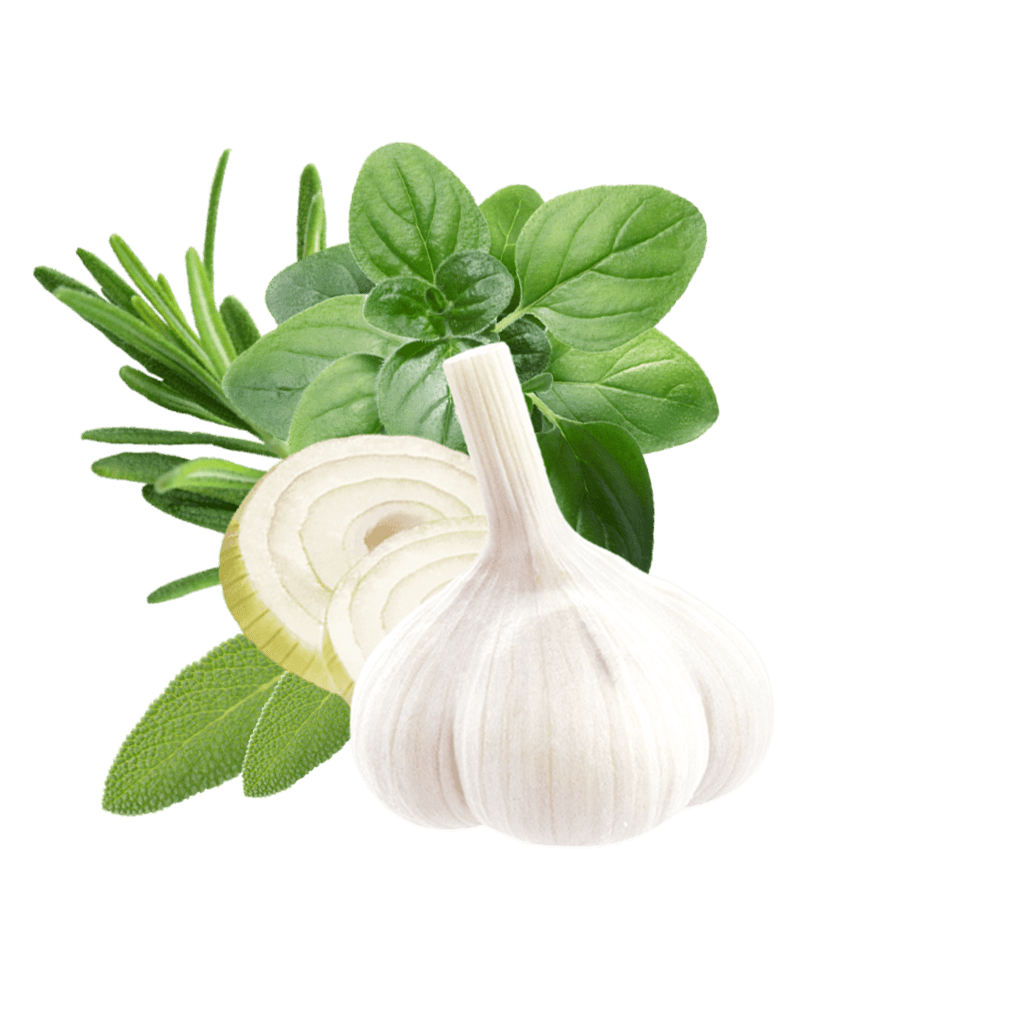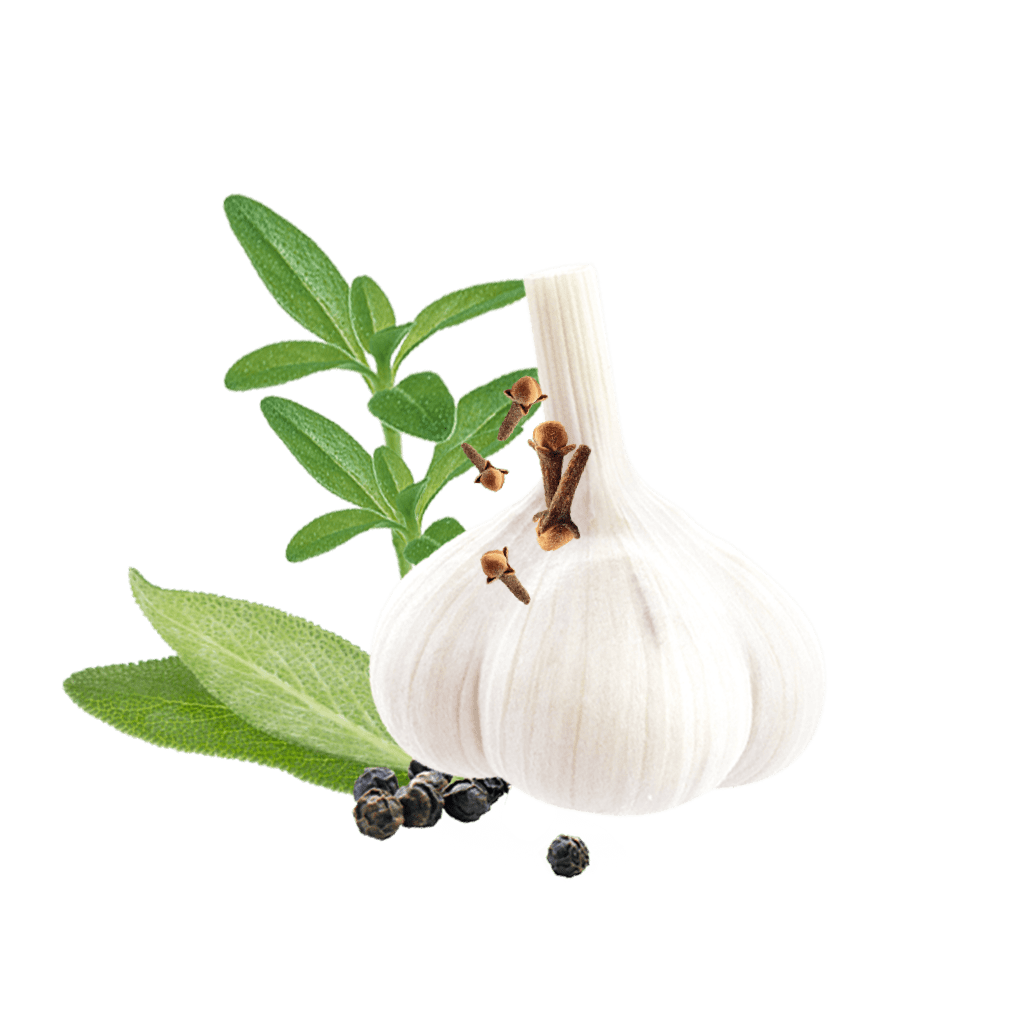Sage


Sage is often used in Mediterranean dishes to add a subtly resinous, slightly bitter flavor — it’s been popular ever since ancient Roman times!
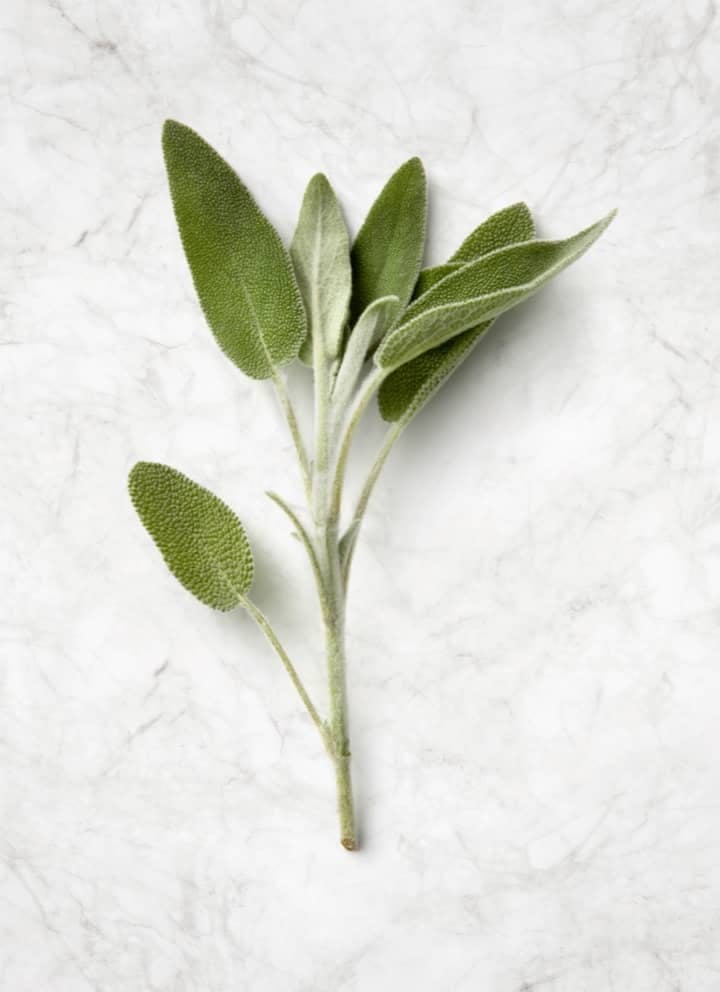
Sage as an Herb
Slightly resinous in flavor with a delicious aromatic note, it’s impossible to imagine Mediterranean cuisine without sage. Even back in ancient Roman times, sage was hugely popular. Its botanical name, “Salvia officinalis”, comes from the Latin word for save or heal (“salvere”) and refers to the favorable characteristics ascribed to this herb. Among the many species of sage, there are two in particular that are often used in the kitchen: the exceptionally high-quality Dalmatian sage and the less commonly available Greek sage. The leaves are predominantly used as an herb, though the stems are also occasionally used.
Products Containing Sage
Currently Viewing: 1 of 0
Usage
The delicious, slightly bitter flavor of sage is most often found in dishes from northern Italy and the Provence region of France, including pasta dishes, rice dishes, poultry, fish and egg dishes, veal, calf’s liver and chicken liver, lamb, game, salads, ragouts and tomato sauces. The dried leaves are also used to make tea. Sage’s flavor does not diminish when the herb is exposed to heat, so its leaves can be cooked or roasted with other ingredients for longer periods of time without losing their flavor. In Italy, sage leaves fried in butter are a popular accompaniment to wine. However, sage is virtually never used to flavor dishes in its raw form.
Tip!
A recipe that is as simple as it is delicious: Add sage leaves fried in butter and a little crumbled ricotta to gnocchi. A real gourmet treat!
Related recipes
Currently Viewing: 1 of 0
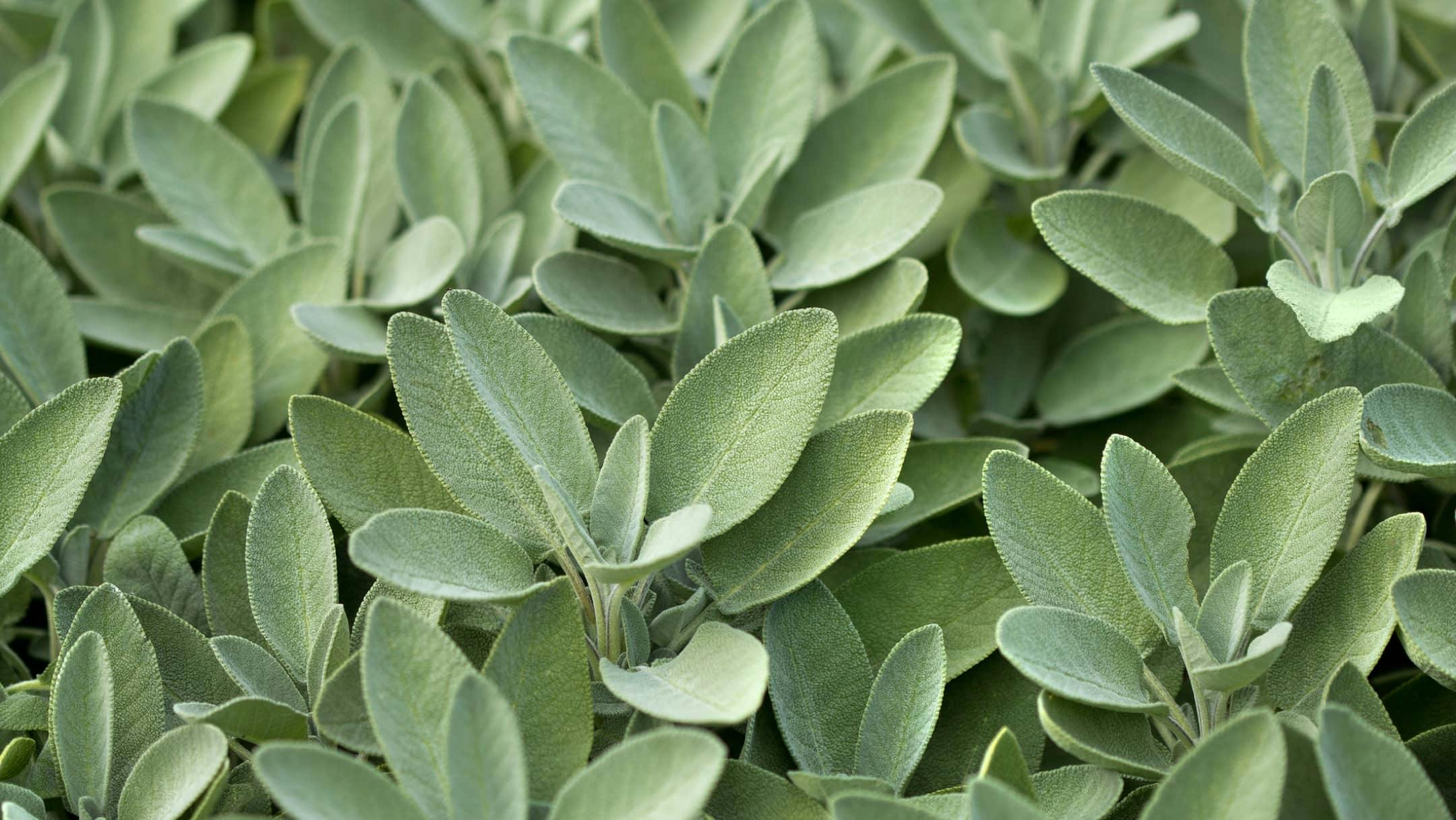

The Plant
There are almost a thousand varieties of sage, with some differing greatly in terms of their flavor. Sage plants are mostly annual or biennial herbs that grow to about one meter tall. Dalmatian sage, which is popular as an herb, has purple flowers, while other species have red, pink, blue or yellow flowers. Its leaves are hairy on both sides and range from silvery gray to gray-green in color. Like marjoram, mint, basil and oregano sage belongs to the mint family. One of the things that characterizes these plants is the fragrant substances found in their essential oils.
Factbox
- Scientific Name
- Salvia officinalis L.
- Family
- Mint family (Lamiaceae)
- Other Names
- True sage, garden sage, kitchen sage
- Origin
- Northeastern Mediterranean region
Discover more
Salt




